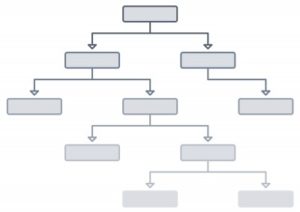Would a Virtual Law Office Work for You?
 Rania Combs is a wills, trusts and estates lawyer, licensed in Texas since 1994. When her spouse got transferred to North Carolina, she examined her options for practicing law there. Opening a virtual law office seemed like the solution to a challenging circumstance. She launched her virtual practice in January 2010.
Rania Combs is a wills, trusts and estates lawyer, licensed in Texas since 1994. When her spouse got transferred to North Carolina, she examined her options for practicing law there. Opening a virtual law office seemed like the solution to a challenging circumstance. She launched her virtual practice in January 2010.
Many lawyers may wonder whether a virtual law office would solve their problems, too. Here are some examples of why they might be considering it:
• Newly licensed attorneys may want to avoid the overhead and long-term commitment of a traditional brick and mortar office.
• Experienced lawyers may want to expand the geographic reach of their existing practice to garner more clients.
• Many lawyers have a thriving practice in a smaller town, but have difficulty finding locally the high caliber legal talent they need to help handle the work flow.
• Family obligations or other circumstances make it difficult for some attorneys to keep traditional office hours.
• For some attorneys, the international scope of their work demands technological innovation to serve client needs.
• Some attorneys just long to escape the snow in the winter or the heat in the summer without interrupting their law practice. […]









